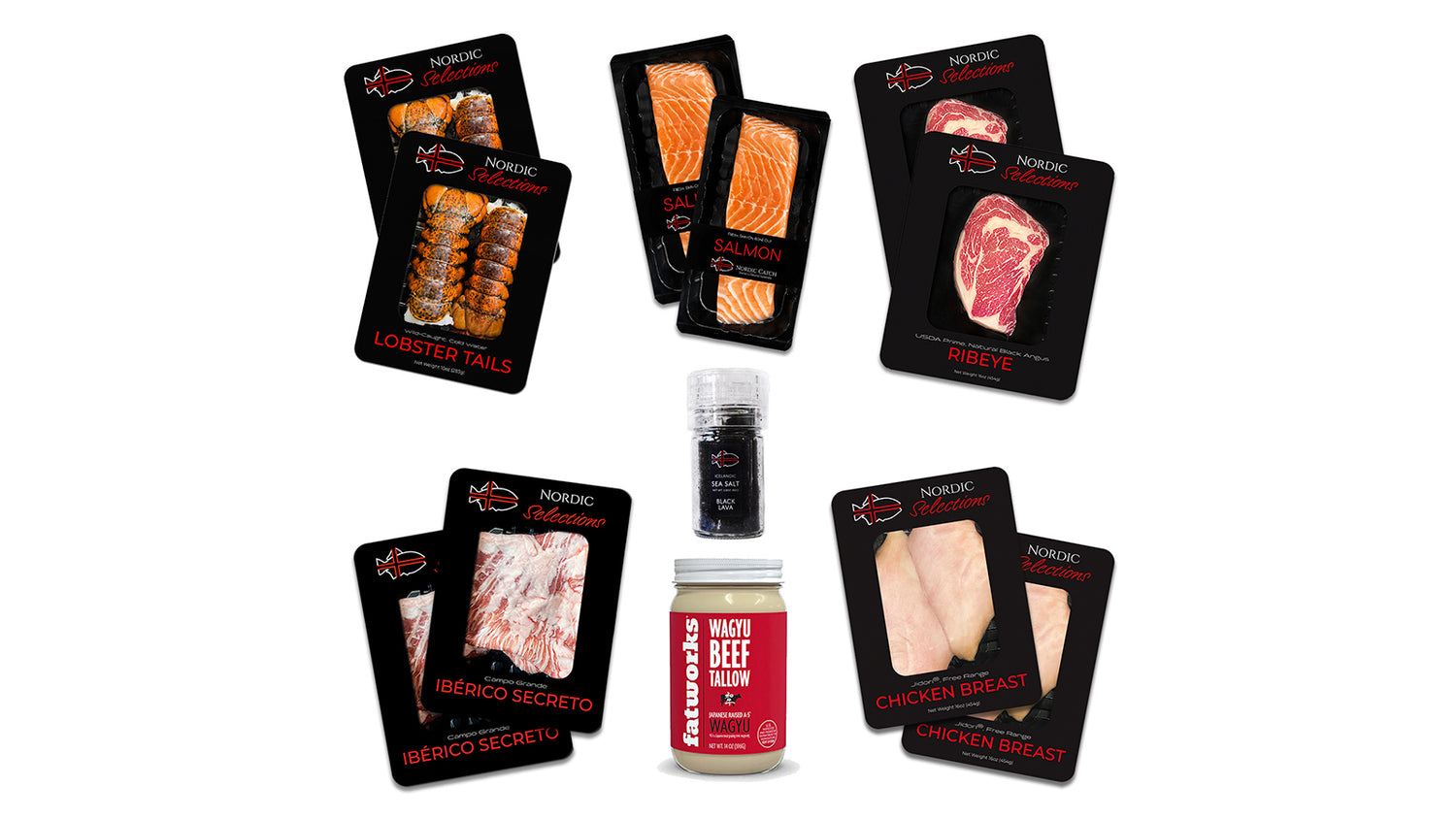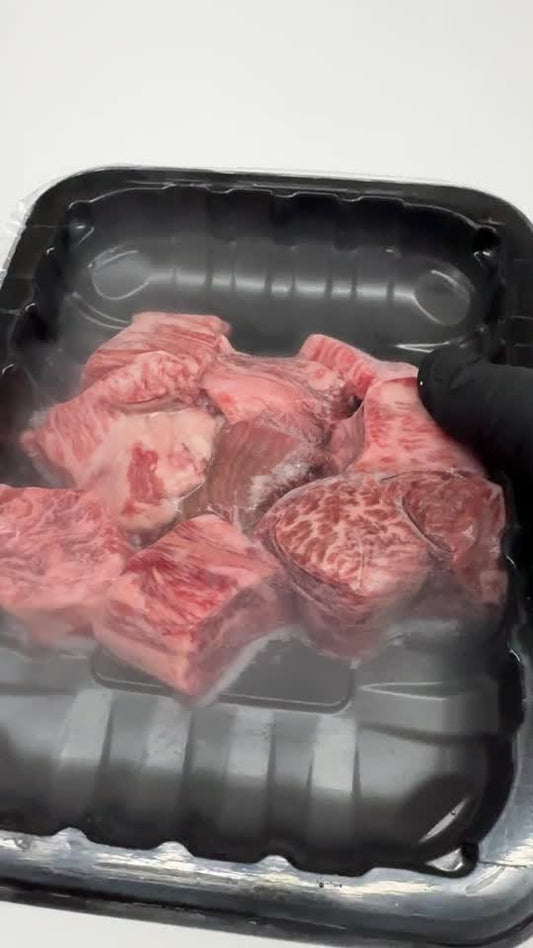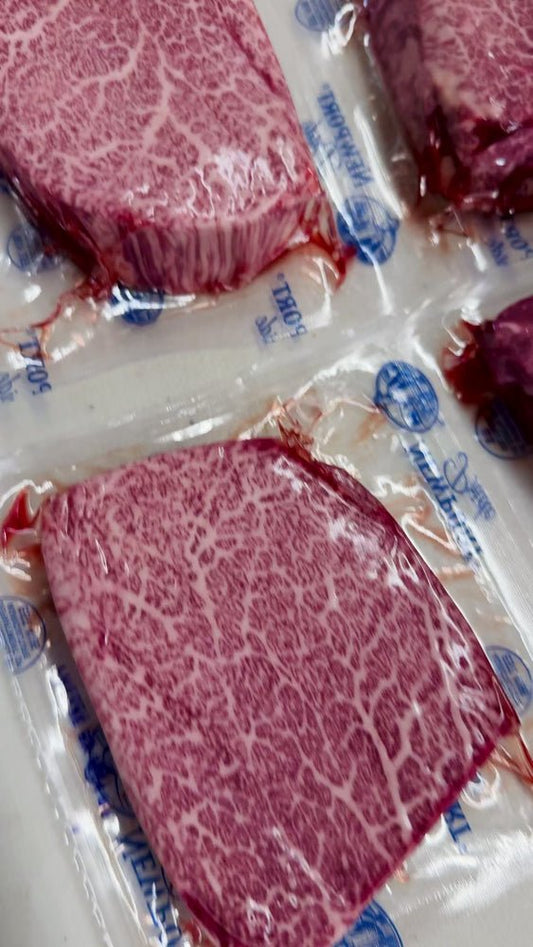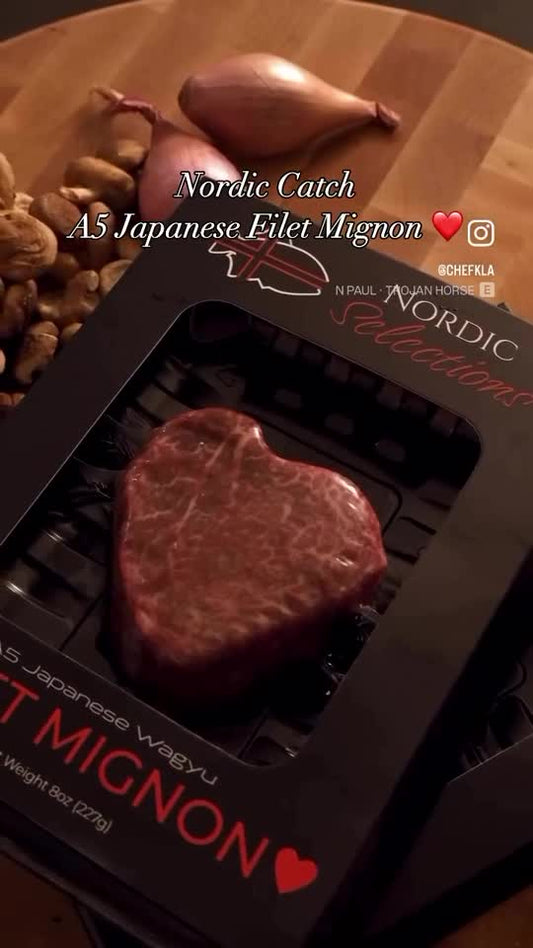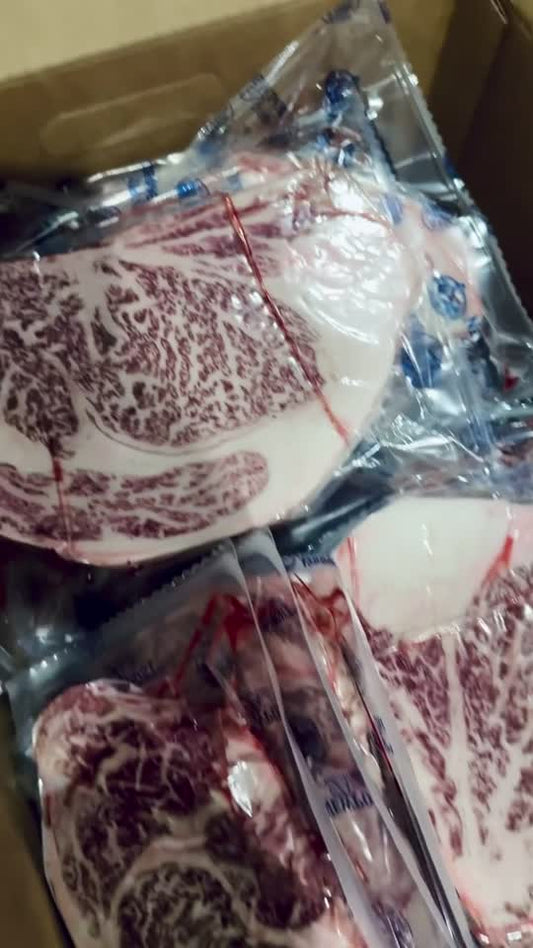Truly sustainable products through-and-through
It's not enough to just say that you sell sustainable seafood
From before placing your order, all the way to the time you open your eco-friendly seafood box, Nordic Catch has supported multiple carbon neutral programs along the way.
Shopify Planet - UPS Carbon Neutral Shipment
These are just some of the programs we work with, ensuring carbon neutrality all the way through delivery to your home. Read on, to learn more about Iceland, the highly sustainable country that our seafood comes from.
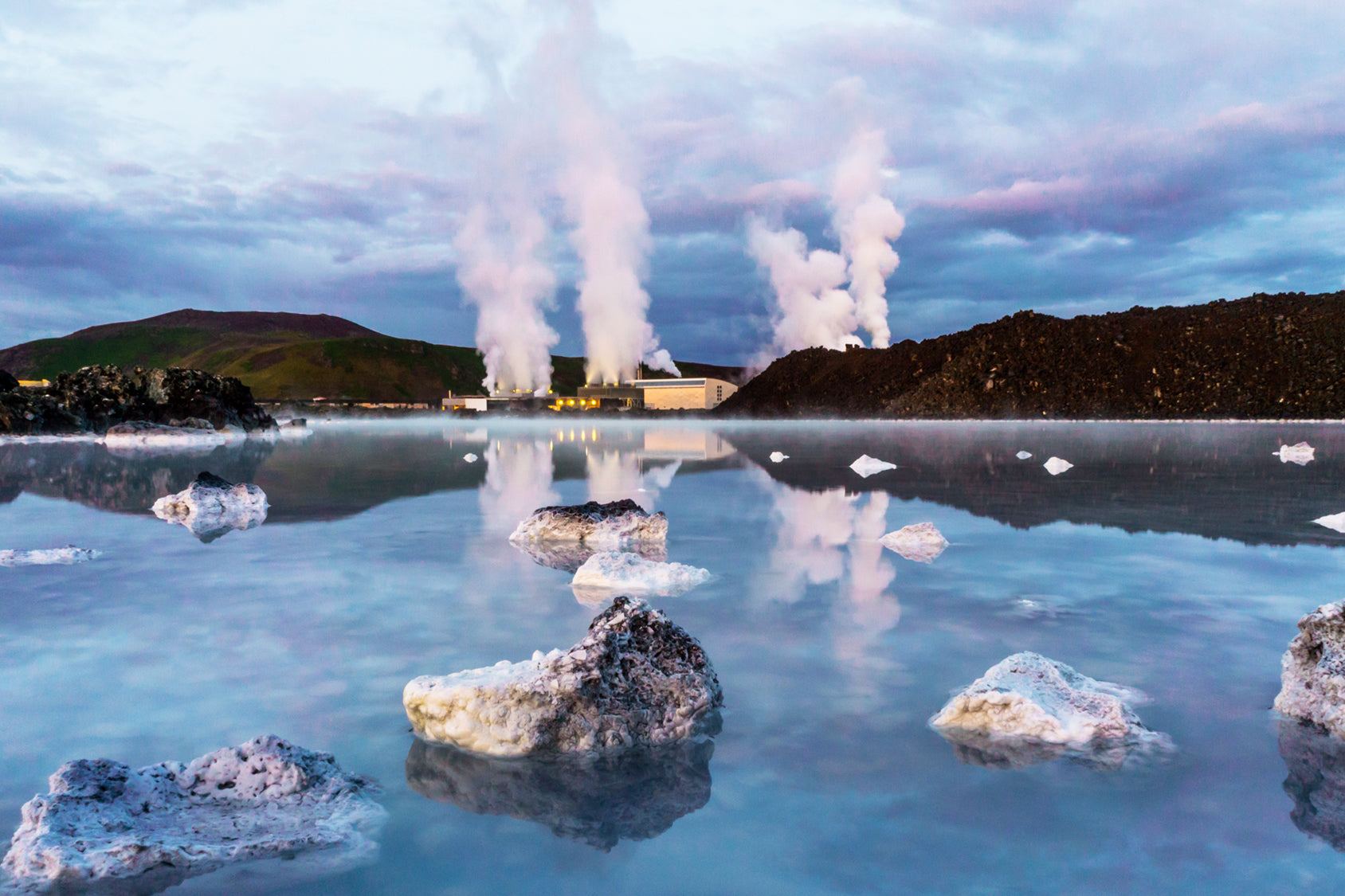
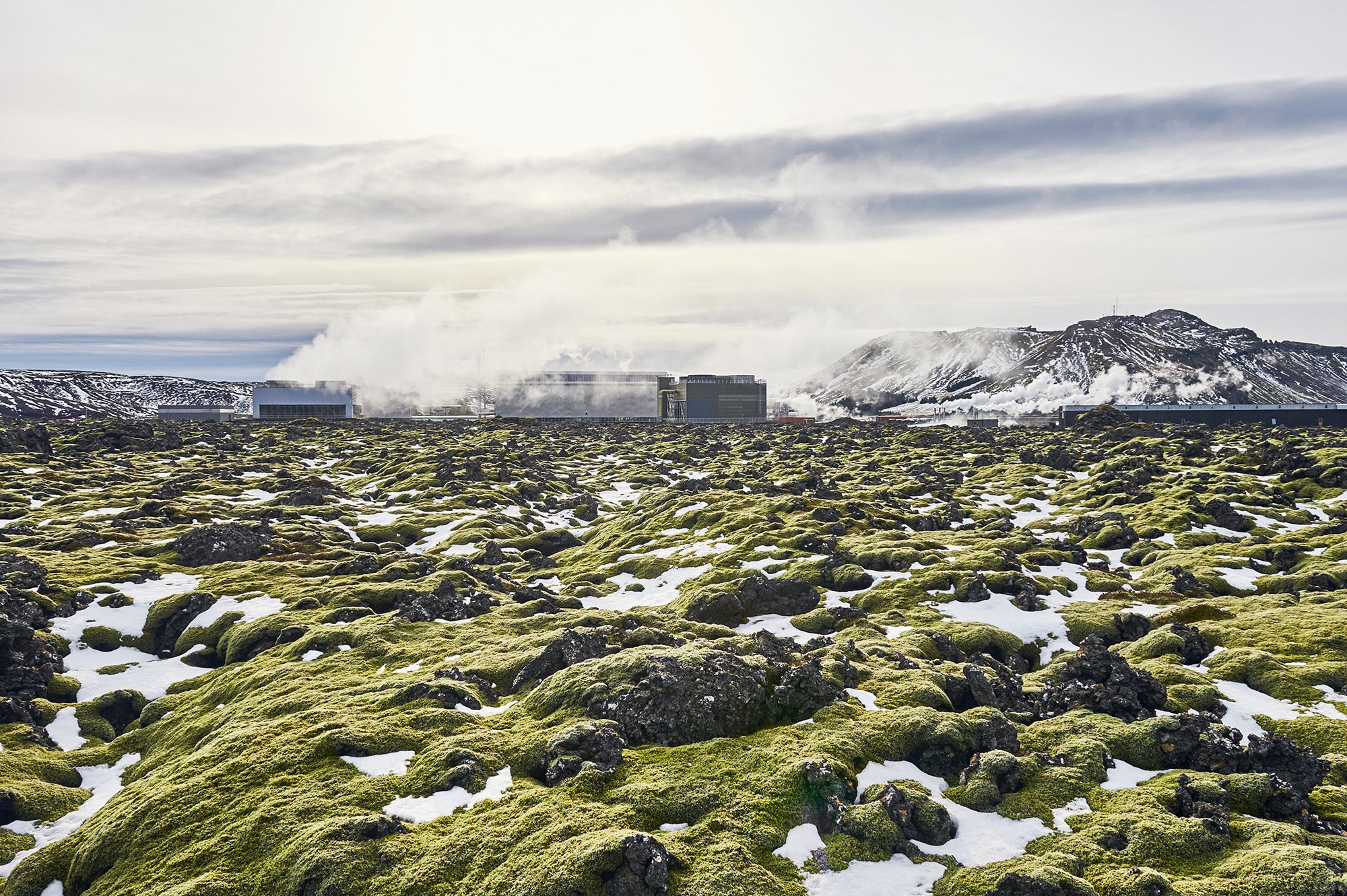
Sustainability in Iceland
Now more than ever, sustainable practices are crucial for our planet's future. The ever growing demand for products continues to take a toll on our resources. So what is sustainability? What does it mean for the seafood industry? What is Nordic Catch doing to ensure a sustainable future? We are 100% transparent about what we do here. We are not here to slap a bunch of eco-labels in your face. We are here to show you the big picture around sustainability in Iceland. So let's dive in and get these answered. Feel free to check out our FAQ page to learn even more.
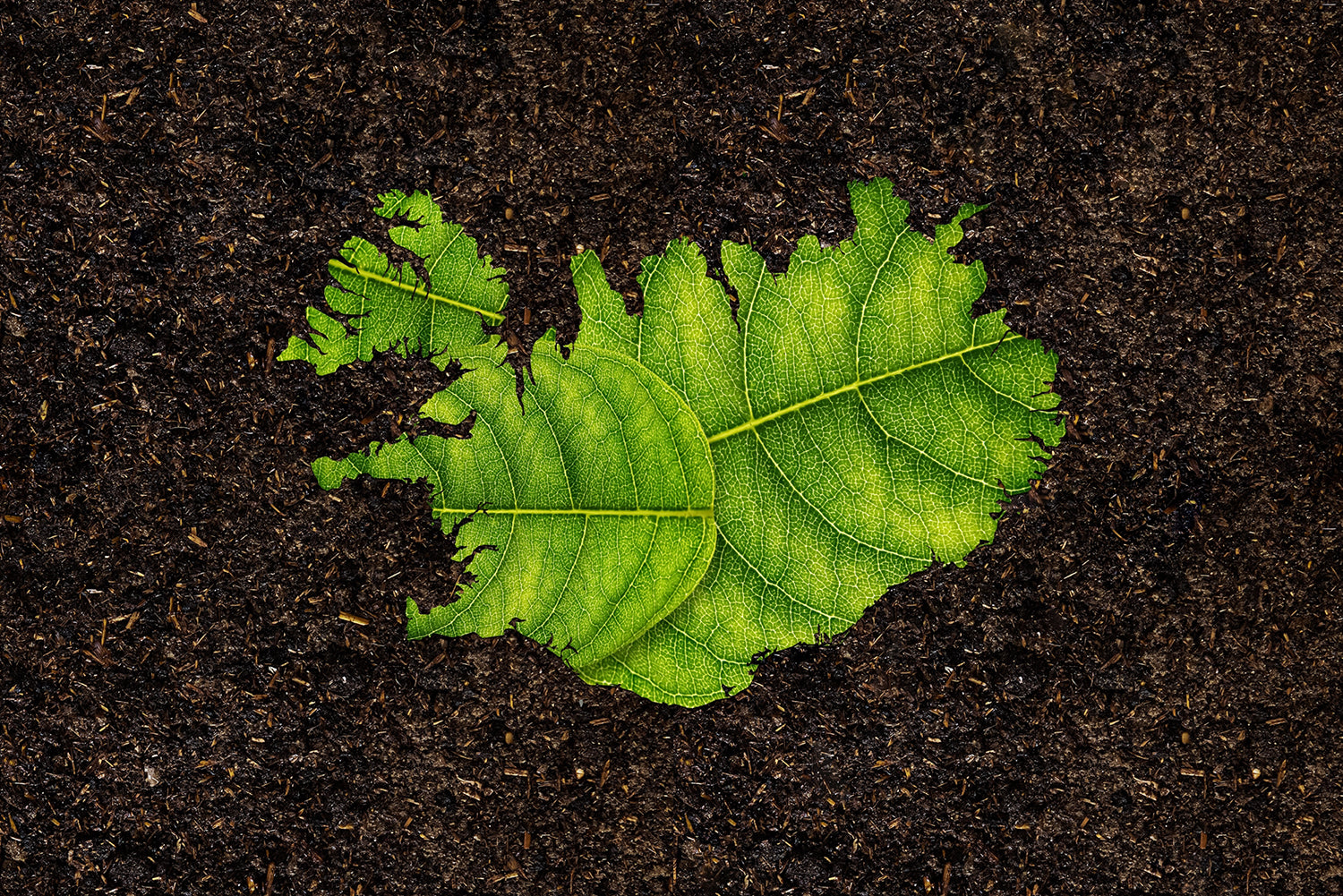
What is sustainability?
Simply, it's an effort to ensure resources regenerate faster than they are consumed.
Think about your bank account. If credit cards didn't exist, you would not spend more money than what your balance says you have. This should be true about our planet. All resources are finite. It's our responsibility, as a society, to ensure we don't run out of resources. From minerals, to water, to plants, and yes of course, seafood.
Iceland as a whole
Iceland accounts for 0.01% of Earth's CO2 emissions. China = 29.2%. USA = 14%.
99.9% of Iceland is powered with renewable energy. Iceland is the land of fire & ice. That means it's full of hot volcanos, and icy glacier mountains. Every year, the glaciers melt, and freeze again. This creates thousands of waterfalls and rivers across the country. The volcanic activity creates lots of heat in the ground, in turn, creating steam, used to power turbines in geothermal plants. The power from these waterfalls and rivers is harnessed at various hydropower plants.
And where does all this fresh, clean, glacier water lead? The ocean around Iceland.
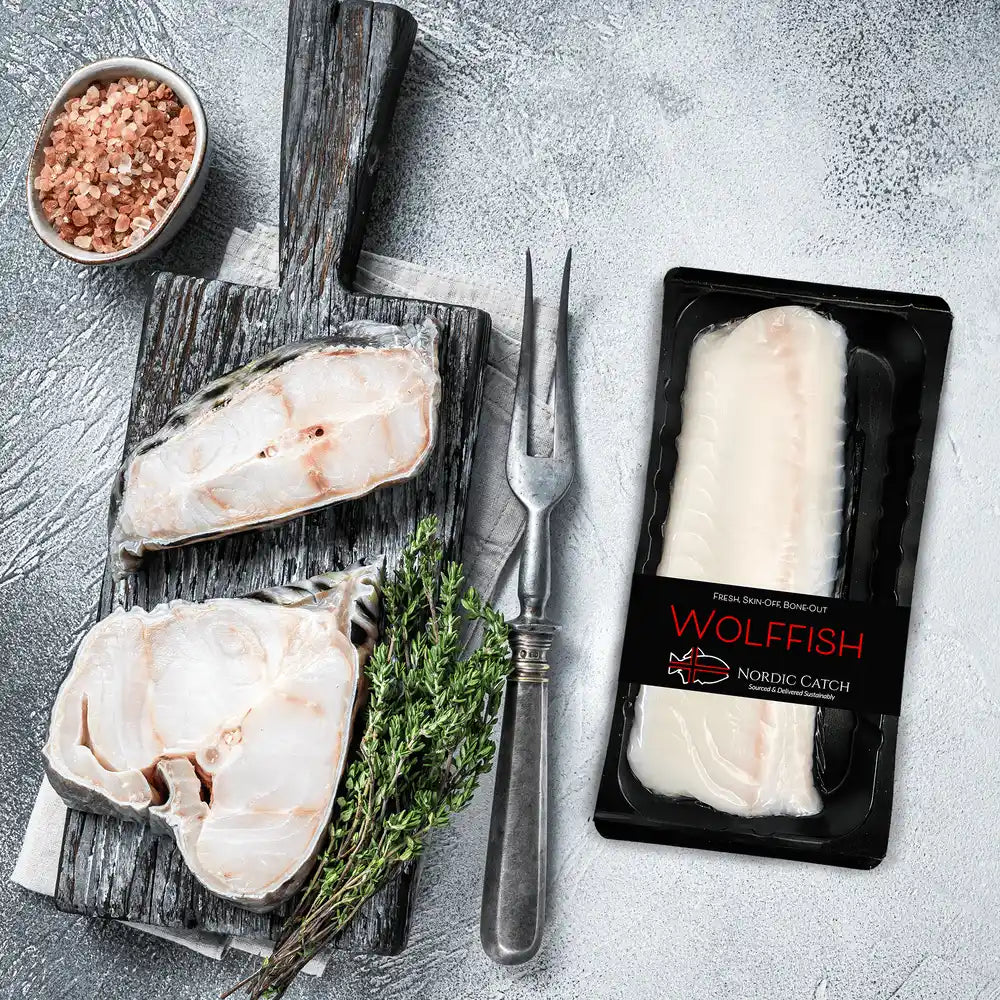
Sustainable seafood
This is more than just how many fish are swimming in the ocean. Truly sustainable seafood starts on land (at the fishery) and ends at your dinner plate. Monitoring fish stocks, using appropriate fishing gear, utilizing all parts of a fish, are just some of the ways fisheries in Iceland are paying attention to sustainability.
From land, to sea, to plate.
Iceland's exclusive fishing zone is seven times the size of Iceland itself. That means that no one else can fish in their waters. Just the locals. This protects jobs, their fish stocks, and gives them control of when and how much can be fished any given year.
How do we know that wild species are not being overfished? Next section.
Wild Fish
Every year the Marine & Freshwater Research Institute (MFRI) decides how much can be fished. The total allowable catch (TAC), aka "the quota system", is set every year and allocated to various fishing vessels. This system is strictly enforced and hefty fines are implemented for any fishing vessel that exceeds their allowed catch. This system has allowed all fish species in Iceland to flourish, leading to generations of healthy and abundant fish stocks.
Iceland Responsible Fishing
Farmed Fish
Aquaculture is more than just farming. It is the nurturing of a species, strategically placed in the middle of the ocean. The MFRI is also responsible for testing the ocean waters around farm sites to ensure the sites are not polluting or negatively affecting the wild surrounding them. Farm sites in Iceland are located in the Westfjords and Eastfjords. This is where the ocean is surrounded by land on 3 sides. It is the entryway for glacier water rivers into the ocean. This fresh, clean water pushes through like a strong current, creating natural filtration for the fish.
This is why Icelandic farmed fish are disease free. ZERO antibiotics are ever needed.
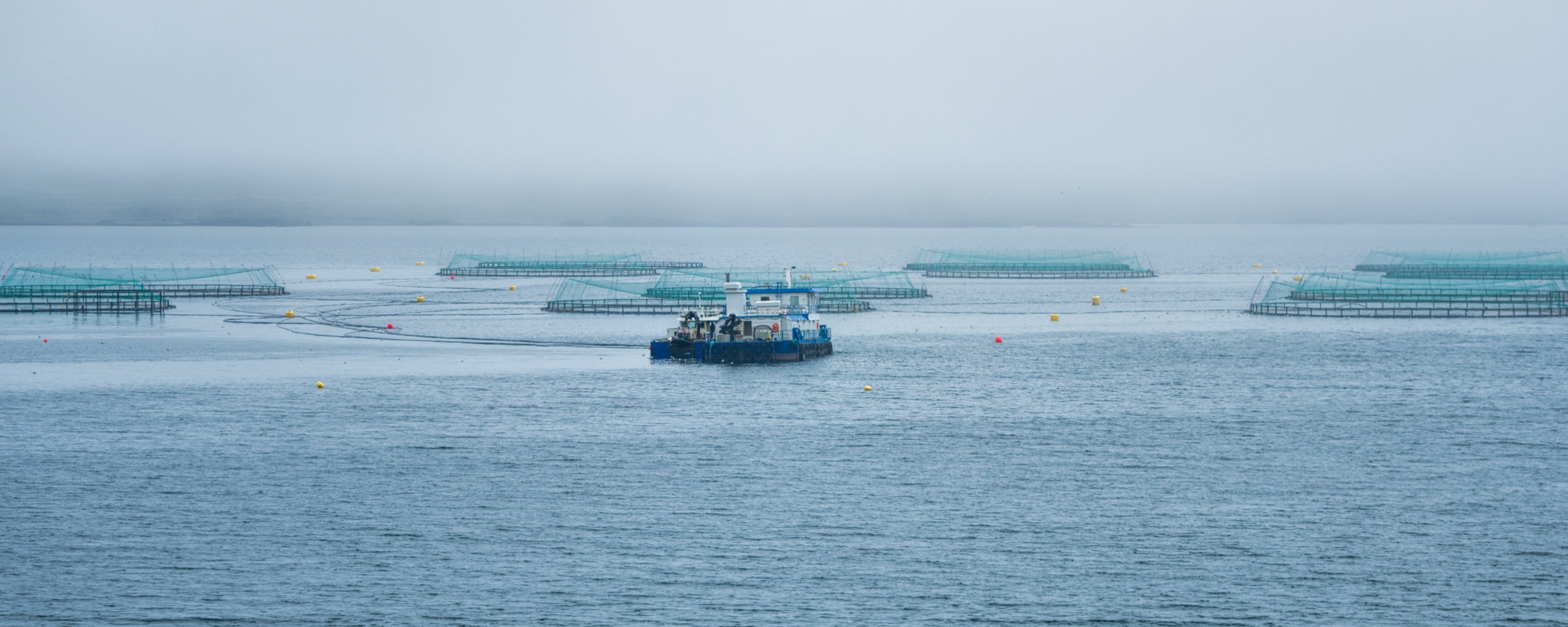
Each net is the size of a football field. This gives the fish plenty of space to swim around and exercise their muscles. Underwater cameras and crews of workers monitor the fish daily, to ensure every one of them is healthy and eating well.
Sustainable practices and clean methods like this, protect the wild species that are already going extinct from overfishing. Alaska is facing this problem today.
The fishing industry is one of the main pillars of the Icelandic economy. Making up approximately 4% of the total workforce and over 8% of the countries GDP, it's obvious as to why the country must protect this resource. It's in their nature to practice sustainably. Read more on the IRF site.
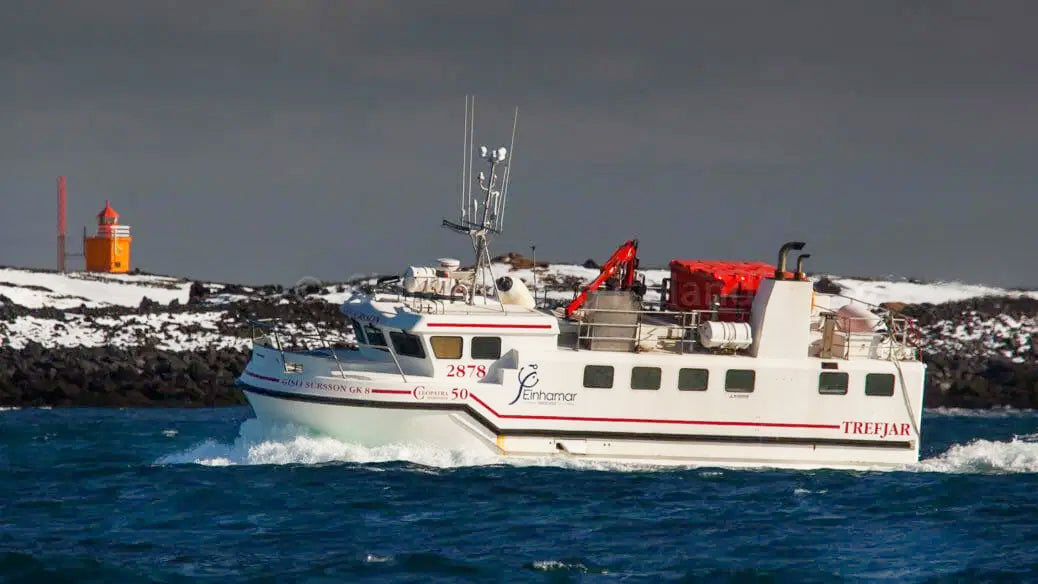
Nordic Catch Sustainability
Our mission is to carry over Iceland's focus on sustainability here in the States.
We focus on sourcing all of our products from small fisheries and producers that emphasize sustainability and quality over mass-production.
All of our wild-caught species come from small long-line boats, which minimizes the impact on the ocean and amount of by-catch reeled in. All of our farmed meats and seafoods only come from programs that are actively pursuing sustainable practices throughout their supply chain.
-
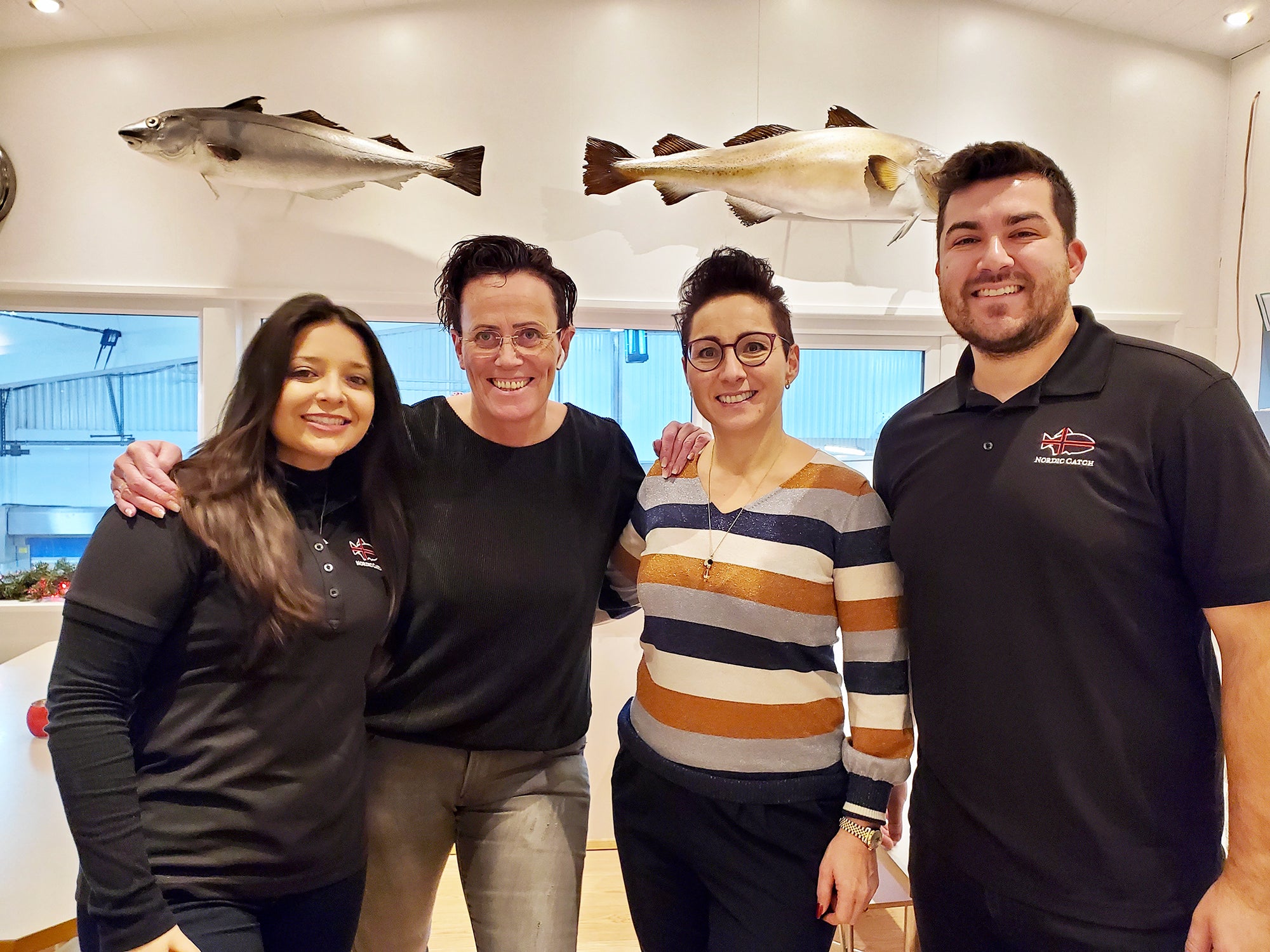
One of our main suppliers is Einhamar Seafood. A woman-owned and operated fishery, with a clear focus on longline fishing.
Fun fact, over 1/3 of all board members in Iceland are women.
-
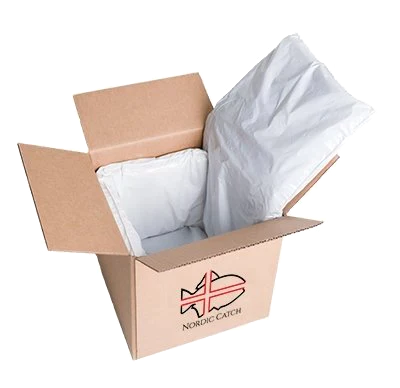
We choose sustainable eco-friendly insulation, instead of foam. Before deciding to launch our nationwide shipping service, we tested various insulation materials to be sure we could continue to deliver fresh, never-frozen products, without using foam boxes. Our insulation liners are made from 100% curbside recyclable materials!
-
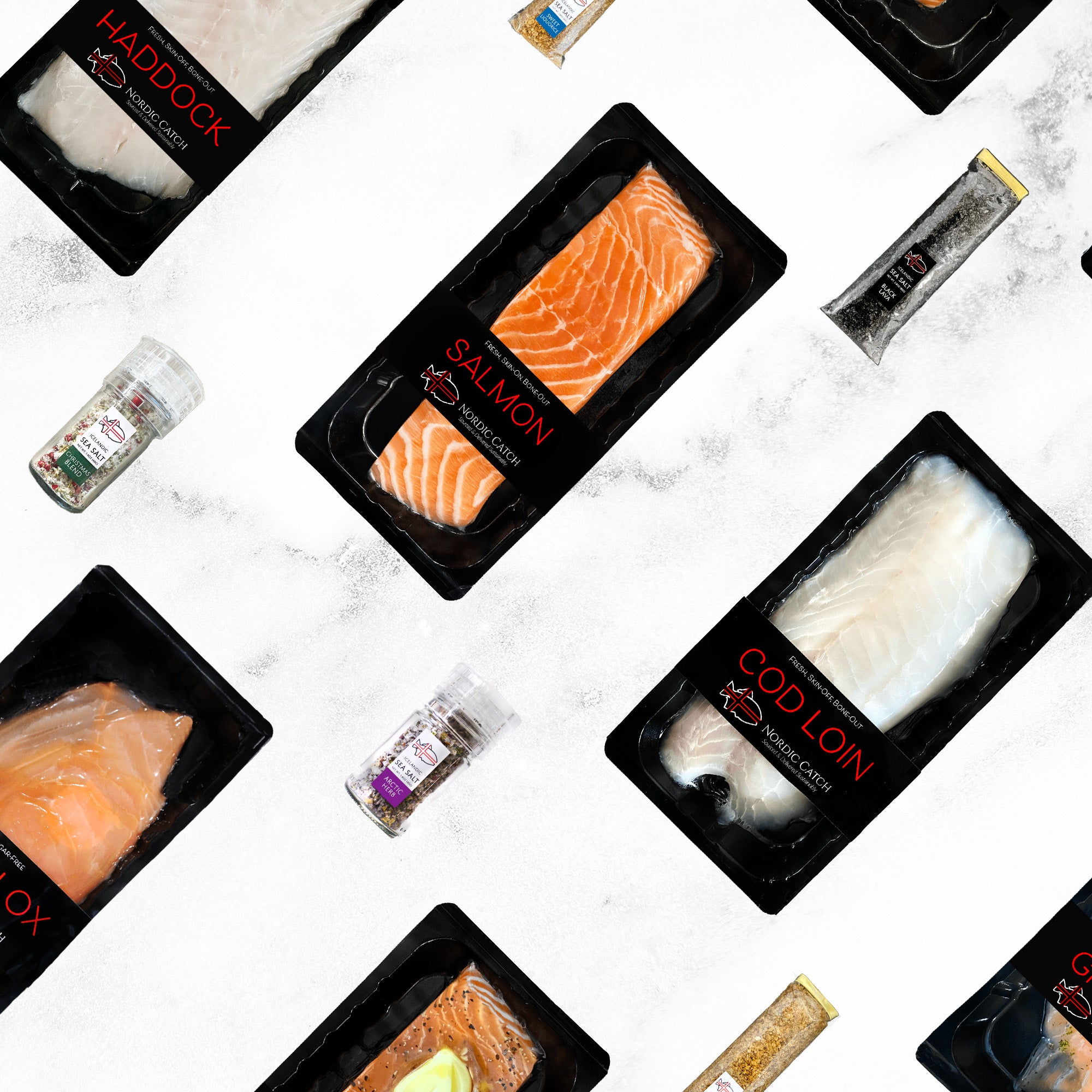
All of our core products are made and/or packed in Iceland. Preserving Iceland's industry, and keeping their economy growing. We won't ever take this from Iceland.
They just happen to have the best seafood and the best sustainable practices.
Explore All Nordic Catch Products
The #1 choice for sushi grade seafood, wagyu steaks, iberico pork, and so much more!
Named 'Best Sushi Grade Seafood' in the country by Food Network!
Check out our "Nordic Selections" collection for A5 Wagyu, Ibérico Pork, Grass-Fed Steaks, Jidori Chicken, Ahi Tuna and more coming soon!
-
A5 Japanese Wagyu Brochette Pieces | From Filet Mignon
Vendor:Nordic CatchRegular price $59.00Regular priceUnit price $7.38 / per oz -
A5 Japanese Wagyu Filet Mignon (Bulk Case)
Vendor:Nordic CatchRegular price From $339.00Regular priceUnit price $94.83 / per item -
A5 Japanese Wagyu Filet Mignon - 2 pack bundle (1LB total)
Vendor:Nordic CatchRegular price $225.00Regular priceUnit price / per -
A5 Japanese Wagyu Filet Mignon Steak, Vacuum Pack (8oz)
Vendor:Nordic CatchRegular price $119.00Regular priceUnit price $14.88 / per oz -
A5 Japanese Wagyu New York Strip (14oz portion)
Vendor:Nordic CatchRegular price $159.00Regular priceUnit price / per -
A5 Japanese Wagyu New York Strip, Vacuum Pack (14oz)
Vendor:Nordic CatchRegular price $165.00Regular priceUnit price $13.75 / per oz -
A5 Japanese Wagyu NY Strip Steak (Bulk Case)
Vendor:Nordic CatchRegular price From $315.00Regular priceUnit price $132.50 / per item -
A5 Japanese Wagyu Ribeye Steak (16oz portion)
Vendor:Nordic CatchRegular price $159.00Regular priceUnit price / per -
A5 Japanese Wagyu Ribeye Steak (Bulk Case)
Vendor:Nordic CatchRegular price From $309.00Regular priceUnit price $131.50 / per item -
A5 Japanese Wagyu Ribeye Steak, Vacuum Pack (16oz)
Vendor:Nordic CatchRegular price $165.00Regular priceUnit price $10.31 / per oz
